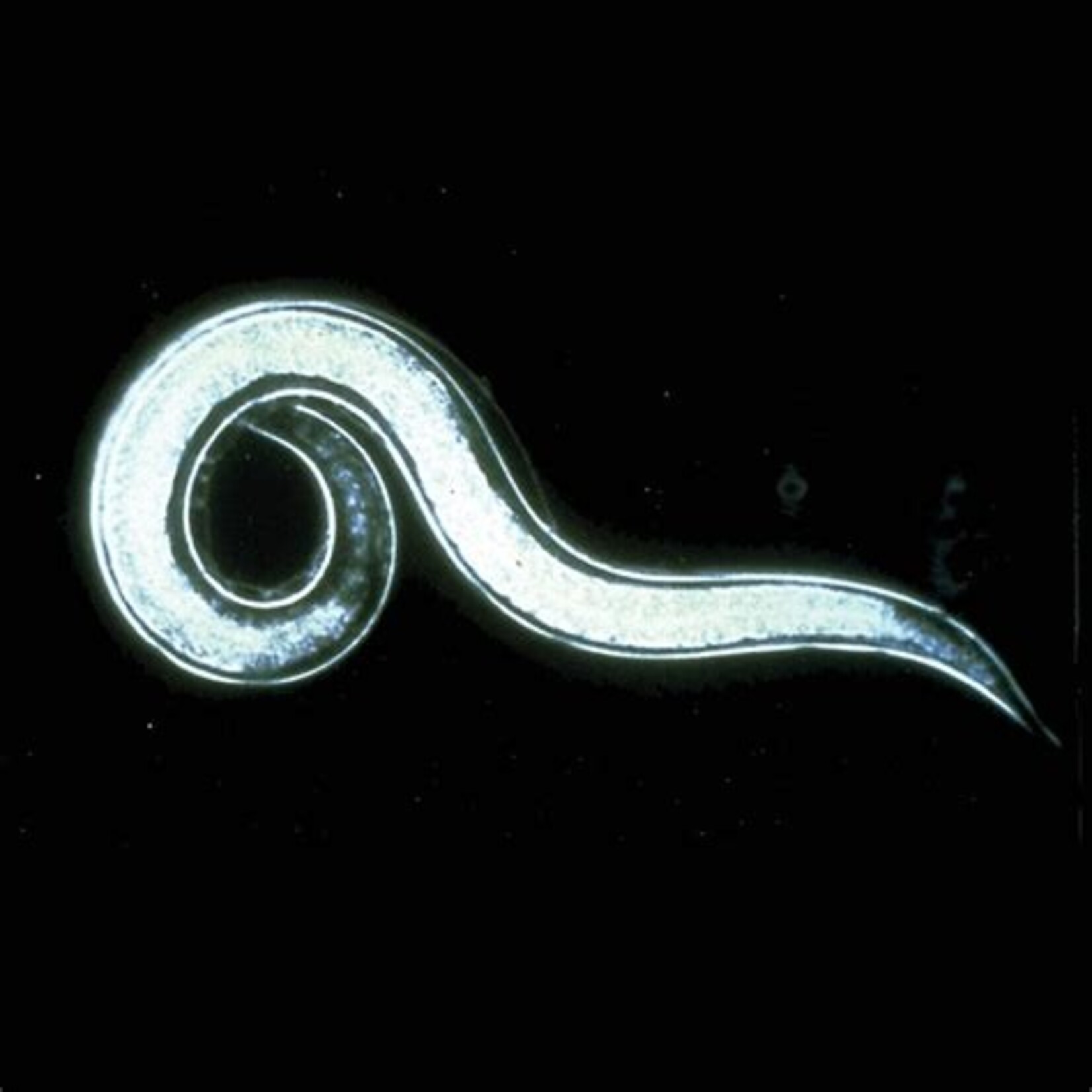Predatory nematodes can be applied in the spring to combat chafer beetles, wireworm, and other soil dwelling beetle larvae. Predatory nematodes are effective against over 250 species of insect pests. Only insects that have a soil dwelling stage (egg, larvae, pupae or adult) can be controlled by nematodes. Therefore, the nematodes are best used as a preventative. In field crops they infect cutworms, grubs, root borer larvae, root weevil larvae, flea beetle larvae, carrot rust fly larvae, and other pests. Parasitic nematodes invade and destroy white grubs, pill bugs eggs & larvae, Japanese beetle larvae, crane fly larvae, and other insect pests commonly found in lawns and turf.
Storage: The nematodes in the little box are alive and can be stored for 3 weeks at a storage temperature of 8-12 degrees Celsius in the dark until conditions are right to apply them. Do not freeze this package. Avoid exposing the nematodes to bright sun or hot temperatures.
How they work: Beneficial (or predatory) nematodes are naturally occurring organisms and are not harmful to humans, pets, wildlife, birds, soil, earthworms, water sources, or the atmosphere. They are safe and legal to use on all crops in Canada. The nematodes migrate through the soil, finding insect larvae by detecting either a slight increase in temperature or a release of methane gas. The microscopic infective juveniles enter the larvae and multiply and release bacteria that eventually kill the host. The nematodes feed on the bacteria and the decomposing host tissue where they reproduce until numbers drive them out to find a new host.
The nematodes in the little bag are species that are known to do well in cooler soils. They survive over a wide temperature range and reproduce within 10 days.

